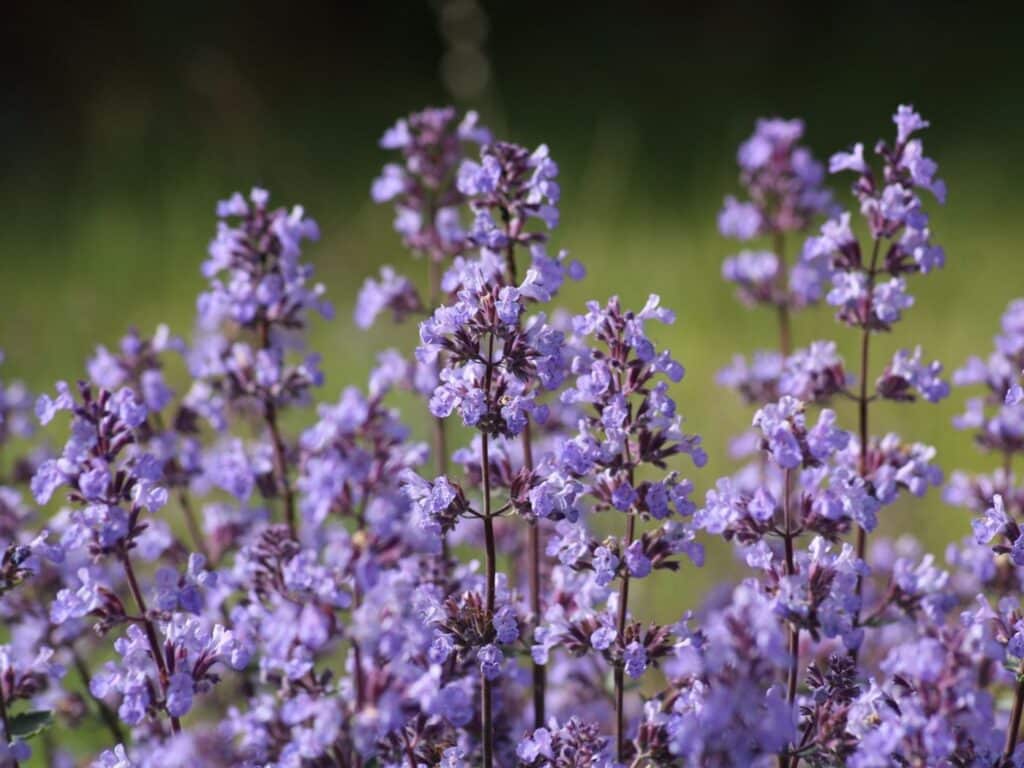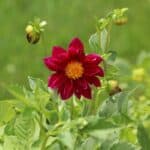Catnip (Nepeta cataria), known as catswort, catwort, or catmint, is one of the best herbs to add to your vegetable garden. This is because the powerful fragrance of this herb can attract beneficial insects like bees and butterflies while deterring harmful insects that might attack your veggies. Gardeners also love to include this herb in ornamental gardens because of its charming foliage and showy purple flowers.
There are many companion plants for catmint. This powerful herb can be grown next to a wide range of vegetable species, like brassicas, squash, tomatoes, leafy greens, radishes, and carrots. Gardeners love to combine them with herbs like sage, mint, basil, lavender, and chives or ornamental plants like weigelas, caladiums, coneflowers, and abelias because it will complement or aid these neighboring species.
Let’s look at these companions and discuss the best ways to use them in your garden.
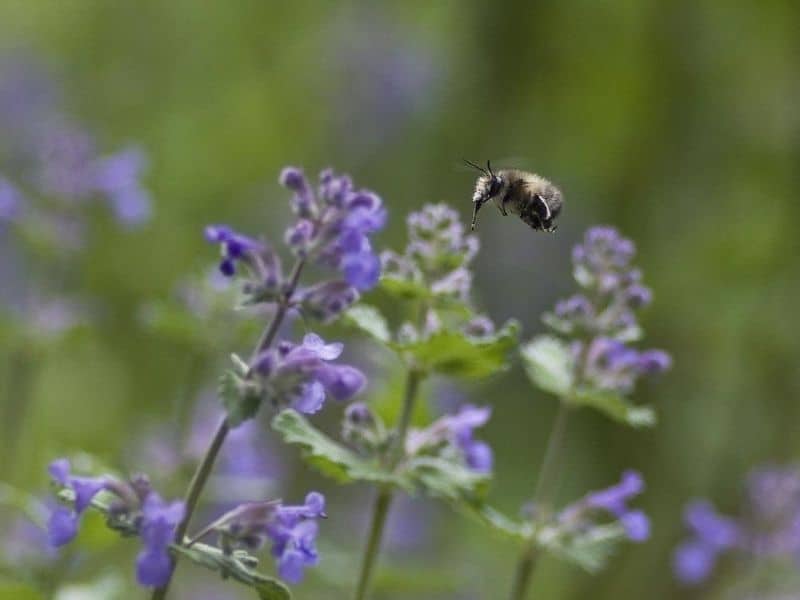
What to Grow With Catnip
For companion planting with catmint, pairing plant species with similar growing requirements together is very important. It is also best to avoid planting catnip next to plants with similar nutritional needs, or these plants might deprive each other of nutrients.
The catnip plant should be grown in free-draining soil, and it prefers a full-sun position but can grow in light shade. Catmint won’t bloom if positioned in too much shade and can become leggy or die in deep shade positions. This plant species can be drought-tolerant but grows very well if it receives regular watering, about once a week.
Let’s look at some of the best catmint companions to include in your garden bed.
Herbs
Gardeners love to pair catmint with other pest-repelling herbs like members of the mint family (Mentha), basil (Ocimum basilicum), lavender (Lavandula), chives (Allium), and rosemary (Salvia rosmarinus). Including these other plants in your garden bed can create a powerful barrier that will deter common pests. These herbs will also attract other pollinators like honey bees to your garden.
Most pest-repelling herbs have similar growing requirements. They all love plenty of sunlight and well-drained soil and need regular watering.
It would help if you were wary of mint when combining the catnip plant with other herbs. Mint plants can quickly overrun your garden and can start to smother catnip if they are not kept in check.
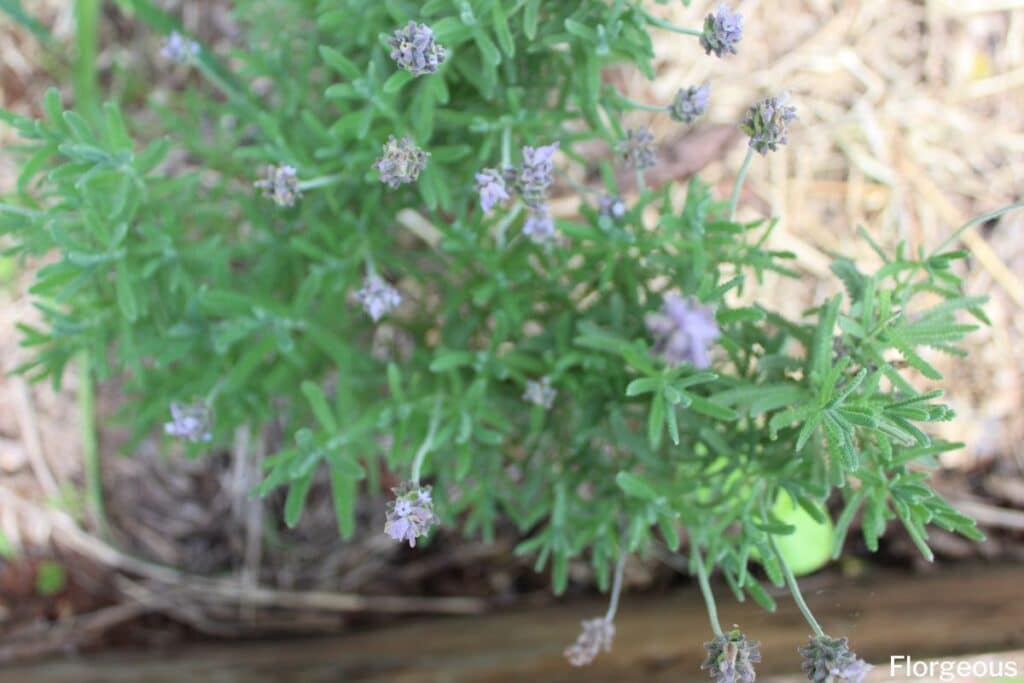
Brassicas
All Brassica family members (Brassica oleracea) can benefit from catnip because this herb will repel common pests like squash bugs, Japanese beetles, the flea beetle, and other pests that attack brassicas.
Members of the brassica family will flourish if you grow them in direct sun in well-drained soil, and, as with catnip, they also need regular watering.
Next to catnip, you can grow any brassicas, including broccoli, cabbage, collards, or kale. Include this herb directly in your garden beds, or grow them in rows between your row of vegetables.
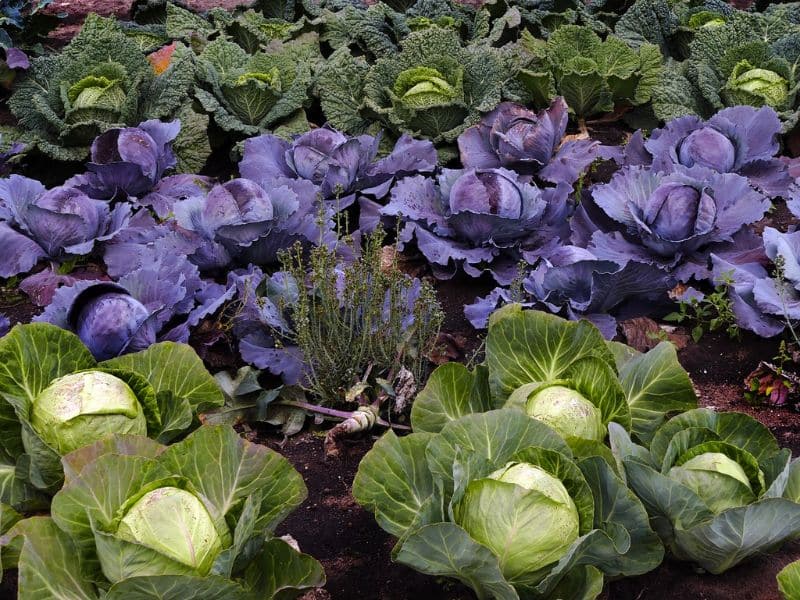
Squash
Squash plants (Cucurbita pepo) are also good catnip companion plants because they will gain a great deal from the many benefits catnip offers.
Squash species will grow well in direct sun in free-draining soil with weekly watering, depending on the climate.
These plants tend to grow rather vigorously, and vine varieties can take up a lot of space. Gardeners should be careful to leave plenty of room for squash to expand, or these bulky plants can smother your herbs.
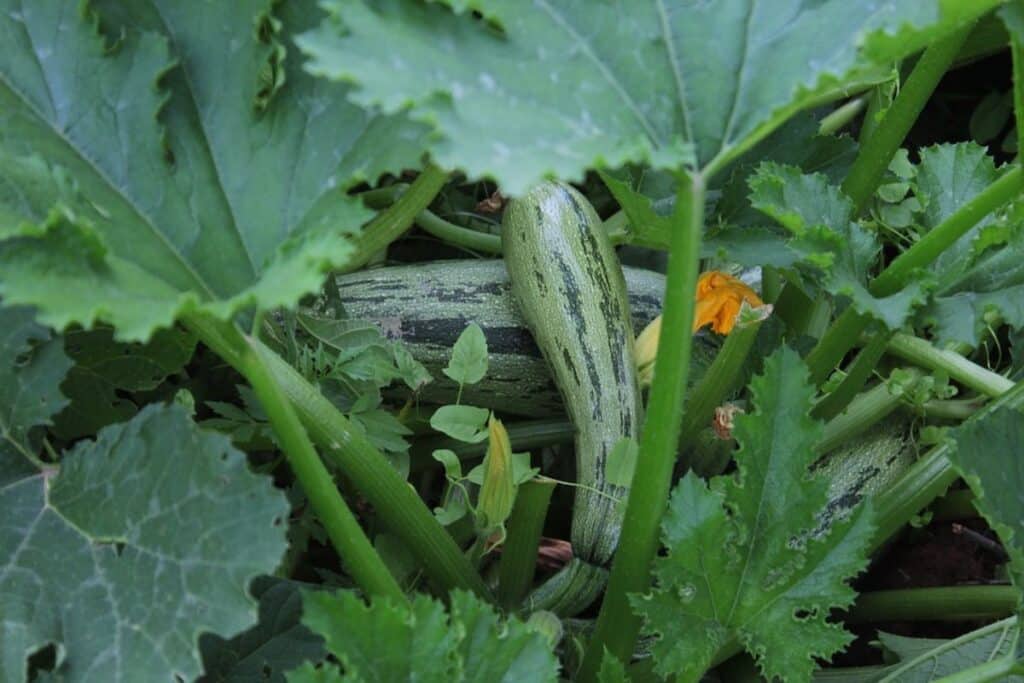
Ornamental Plants
Gardeners also love to include catnip in ornamental gardens because their velvety blueish leaves can add lots of color and texture to these gardens. It is expected to see catnip next to ornamental species like coneflowers, tulips, weigelas, and elderberries.
Only sun-loving and semi-drought-tolerant ornamental species will grow with catnip because others can become scorched in hot and sunny areas.
You should consider the plant’s height when doing companion planting with ornamental plants. Taller plant species should be positioned in the back, with shorter ones in the front so all the plants will be visible and receive enough sunlight.

What NOT to Grow with Catnip
Avoid planting catnip with legumes like beans or peas because catnip can harm the growth of these plants and will affect their development. It is best to establish catmint a few meters away from legumes or keep it potted.
This plant requires lots of direct sun and shouldn’t be planted in deep shade. As such, they shouldn’t be combined with shade-loving species like hostas or begonias.
If you have cats, it might also be a good idea to plant catnip in abundance or place your little potted plant where cats cannot reach it. Cats love these plants and can damage them.
Landscaping Ideas for Catnip and Companions
There are lots of creative ways to use catnip and its companions in your garden. Here is a quick look at some creative landscaping ideas that can help you create more visually pleasing or functional spaces.
Borders Around a Vegetable Garden
You can plant catnip along with other herbs in a border or hedge around your vegetable garden. This will deter pests and will help keep your garden safe from threats. The mixed herb borders will also look quite charming, especially when all these herbs are in full bloom.
Use Catnip As Filler Plant
Catmint is often used as a filler plant in ornamental gardens because it is an evergreen shrub that can keep the beds full. The soft light-green-toned leaves will also add lots of contrast to your garden beds and can look charming if you pair it with other ornamentals like lavender or coneflowers.
Final Thoughts
Catnip can be grown with all sorts of companions like herbs, brassicas, squash, and other vegetables because it will protect these crops from pests. The beautiful herb is also used for companion planting in ornamental gardens and containers and can look charming next to flowering species like caladiums, coneflowers, weigelas, or abelias.
We hope that our guide gave you lots of creative ideas on the best ways to use this popular herb in your garden and that you can create spaces that both you and your cat will absolutely adore.
See more:

